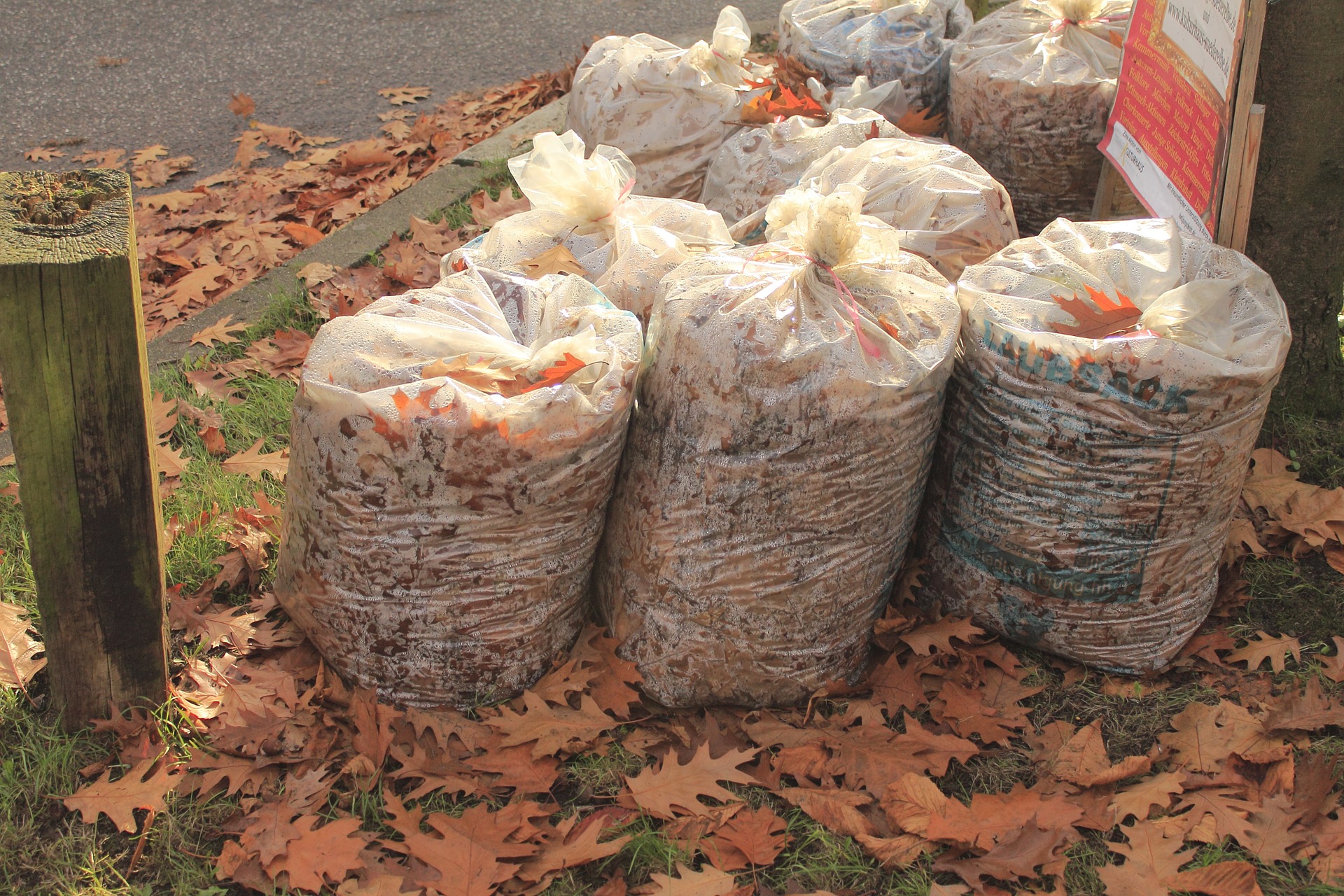Did you know that an acre of deciduous forest produces 2 tons of leaf litter every year (Stambagh, 2006)? Or that one large oak tree alone produces enough leaf litter to equal $50 worth of fertilizer. Just think about how deep a trees roots are. 50-80 percent of the nutrients a tree draws from the earth each year is then shed in it’s leaves.
It is always painful to see all the leaves that get put curbside this time of year. But while some people think bagging leaves for disposal (and then paying for fertilizer !?!) is the way to go, those with a green thumb or a little intelligence know that leaves are an excellent addition to the compost pile, can be used to make a leaf mold, or can be used as an effective winter mulch.
Most types of leaves are good for making compost or leaf molds. For compost, generally you should use around 50-80 parts dried leaves to 1 part nitrogen (green materials, manure, or kitchen scraps). Some types of leaves such as holly, laurel, rose, pine and rhododendron have a waxy coating on the leaf and are harder to break down. Oak leaves also take about twice as long as other types to decompose. If you want to speed up the process, use a shredder or a mower to chop up the leaves first.
Leaf Mold can be nothing more than a big pile of leaves left alone to break down into a wonderful, worm filled soil amendment that all plants love. Some folks take a piece of wire mesh fencing or chicken wire and create a cage in which to pile the leaves. Spraying some water on the leaves and sprinkling some rich soil in with them will also kick-start the process. Usually a leaf mold is ready to use in a year or two. Patience is a virtue.
Some types of leaves should be avoided if possible, including walnut and eucalyptus. Both of these tree’s leaves have an inhibiting effect on plant growth.
It should be noted that all leaves are slightly to moderately acidic. If you are mixing them into a compost pile or using them to make a leaf mold, though, it shouldn’t greatly effect the pH of your soil. For a reference on the pH of some deciduous and coniferous leaves see: pH of freshly fallen leaves.
To buy or sell leaf mold, compost, or other items from the local farm or garden, give Pick-A-Pepper a peek!
Similar Stories:
- Pruning Trees and Shrubs
- Soil Blocks for Seed Starting
- Sheet mulching
- How To Grow Stevia and Make Your Own Extract
- 2 Ways To Use Poisonous Rhubarb Leaves




